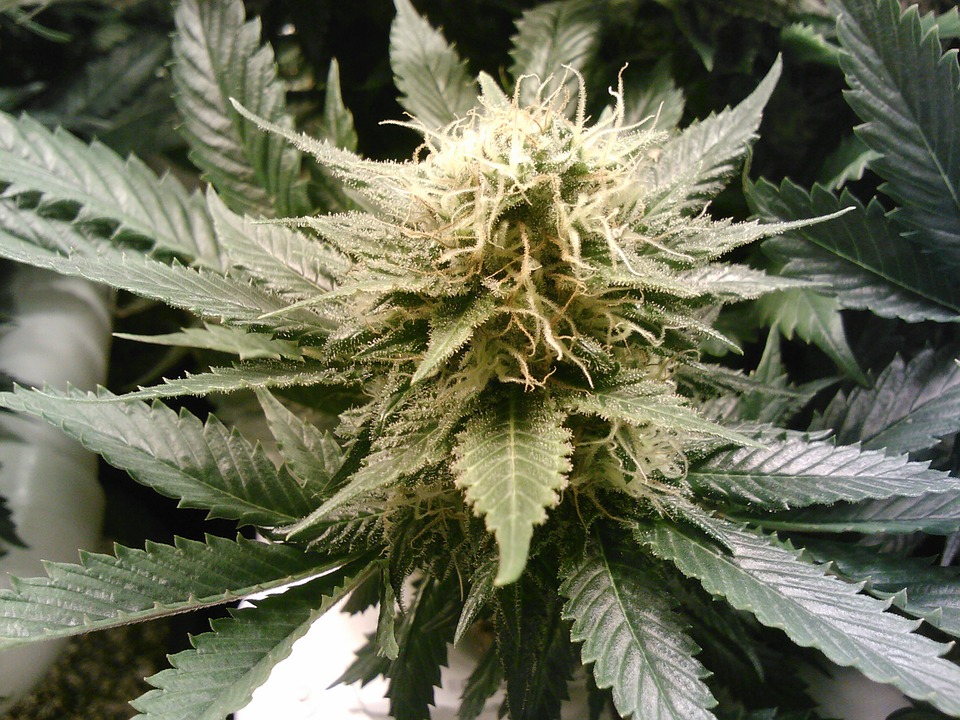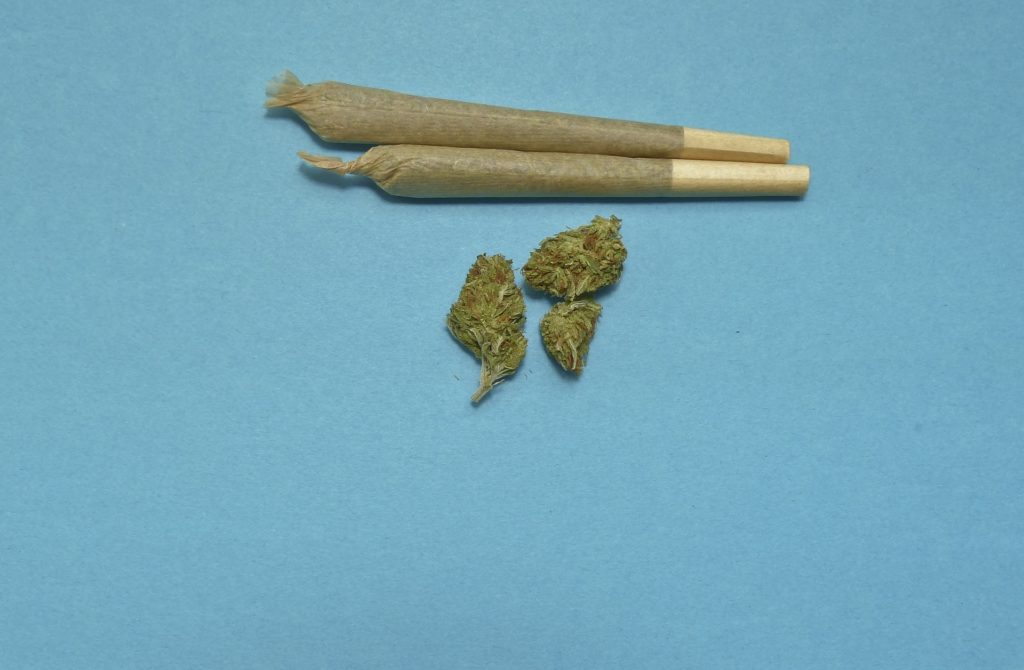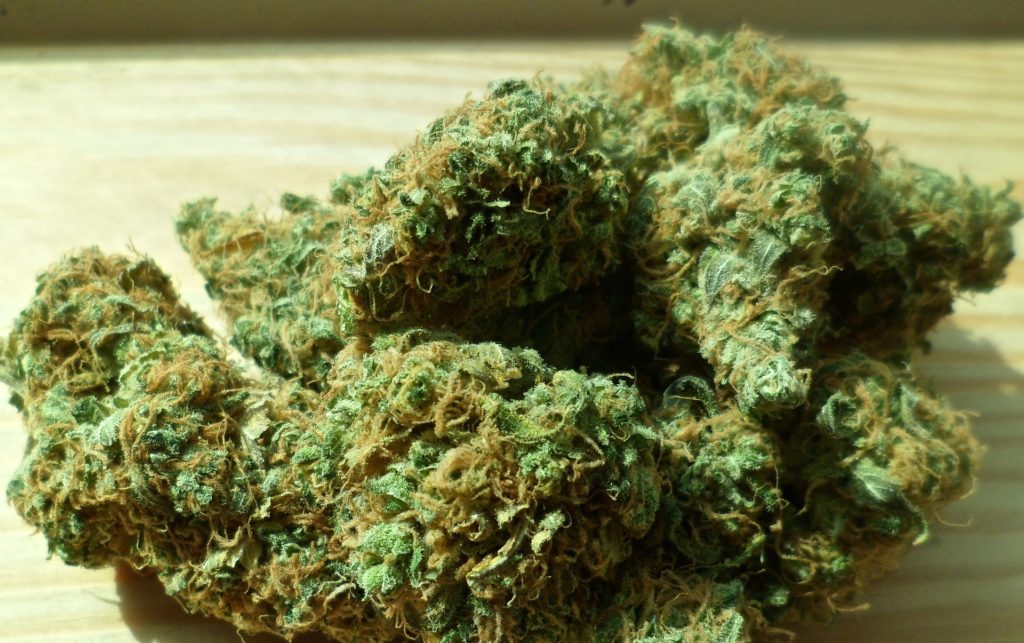
There is no evidence that CBD products reduce chronic pain, and taking them is a waste of money and potentially harmful to health, according to new research led by the University of Bath in the UK.
CBD (short for cannabidiol) is one of many chemicals found naturally in the cannabis plant. It’s a popular alternative medicine to treat pain and is readily available in shops and online in the form of oils, tinctures, vapes, topical creams, edibles (such as gummy bears) and soft drinks.
However, consumers would do well to steer clear of these products, according to the new study.
“CBD presents consumers with a big problem,” said Professor Chris Eccleston, who led the research from the Centre for Pain Research at Bath. “It’s touted as a cure for all pain but there’s a complete lack of quality evidence that it has any positive effects.”
He added: “It’s almost as if chronic pain patients don’t matter, and that we’re happy for people to trade on hope and despair.”
For their study, published this week in The Journal of Pain, the team – which included researchers from the Universities of Bath, Oxford and Alberta in Canada – examined research relevant to using CBD to treat pain and published in scientific journals up to late 2023.
They found:
- CBD products sold direct to consumers contain varying amounts of CBD, from none to much more than advertised.
- CBD products sold direct to consumers may contain chemicals other than CBD, some of which may be harmful and some illegal in some jurisdictions. Such chemicals include THC (tetrahydrocannabinol), the main psychoactive component of the cannabis plant.
- Of the 16 randomised controlled trials that have explored the link between pain and pharmaceutical-grade CBD, 15 have shown no positive results, with CBD being no better than placebo at relieving pain.
- A meta-analysis (which combines data from multiple studies and plays a fundamental role in evidence-based healthcare) links CBD to increased rates of serious adverse events, including liver toxicity.
Medical vs non-medical CBD
In the UK, medical cannabis is the only CBD product that is subject to regulatory approval. It’s occasionally prescribed for people with severe forms of epilepsy, adults with chemotherapy-related nausea and people with multiple sclerosis.
Non-medical CBD is freely available in the UK (as well as in the US and many European countries) so long as it contains negligible quantities of THC or none at all. However, CBD products sold on the retail market are not covered by trade standards, meaning there is no requirement for them to be consistent in content or quality.
Most CBD products bought online – including popular CBD oils – are known to contain very small amounts of CBD. Moreover, any given product may be illegal to possess or supply, as there’s a good chance it will contain forbidden quantities of THC.
Chronic pain
An estimated 20% of the adult population lives with chronic pain, and sufferers are often desperate for help to alleviate their symptoms. It’s no surprise then that many people reach for CBD products, despite their high price tag and the lack of evidence of their effectiveness or safety.
Dr Andrew Moore, study co-author and former senior pain researcher in the Nuffield Division of Anaesthetics at the University of Oxford, said: “For too many people with chronic pain, there’s no medicine that manages their pain. Chronic pain can be awful, so people are very motivated to find pain relief by any means. This makes them vulnerable to the wild promises made about CBD.”
He added that healthcare regulators appear reluctant to act against the spurious claims made by some manufacturers of CBD products, possibly because they don’t want to interfere in a booming market (the global CBD product market was estimated at US$3 billion in 2021 or £2.4 billion and is anticipated to reach US$60 billion by 2030 or £48 billion) especially when the product on sale is widely regarded as harmless.
“What this means is that there are no consumer protections,” said Dr Moore. “And without a countervailing body to keep the CBD sellers in check, it’s unlikely that the false promises being made about the analgesic effects of CBD will slow down in the years ahead.”
The study’s authors are calling for chronic pain to be taken more seriously, with consumer protection becoming a priority.
“Untreated chronic pain is known to seriously damage quality of life, and many people live with pain every day and for the rest of their lives,” said Professor Eccleston. “Pain deserves investment in serious science to find serious solutions.”


